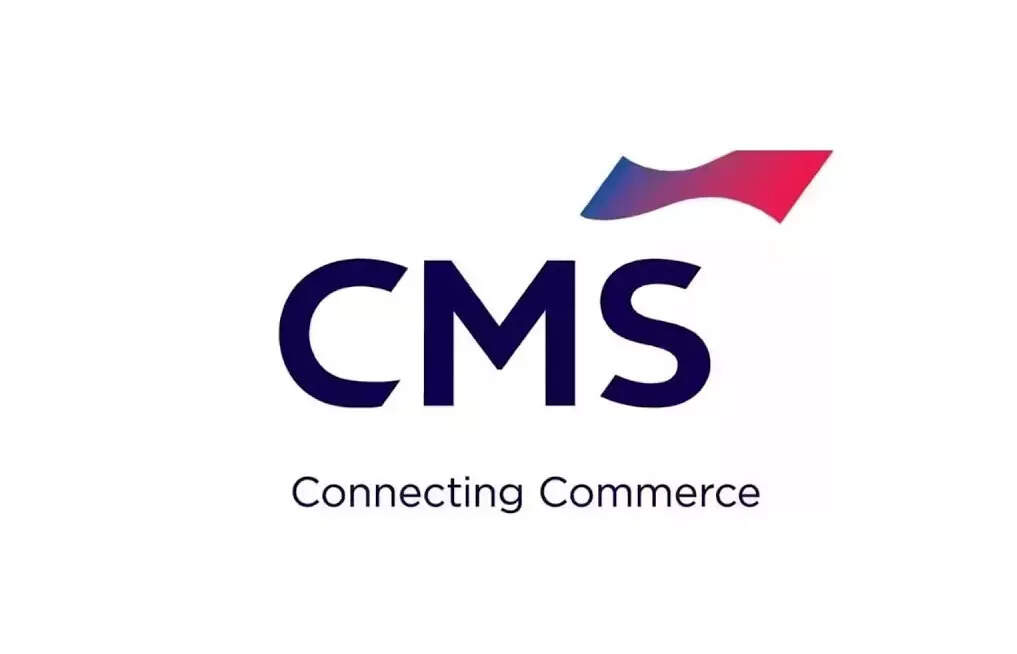
Shares of CMS Info Systems rose 2.7 per cent to their day’s high of ₹421.35 on the BSE on Monday after the company secured a significant contract from the India Post Payments Bank (IPPB). The deal involves replacing IPPB’s fleet of 1,000 ATMs and cash dispensers, a move that comes in the wake of the bankruptcy of former ATM service provider AGS Transact Technologies.
IPPB had been facing disruptions in its ATM operations due to AGS’s financial troubles. With AGS ceasing operations, IPPB opted to transition its ATM network to CMS.
According to Anush Raghavan, Chief Business Officer of CMS, the company assisted the Department of Post in evacuating the old ATMs and has begun deploying 1,000 new machines across post office locations.
As of March 31, 2025, CMS managed around 73,000 ATMs, representing about 47 per cent of all outsourced ATMs in India, along with 65,000 retail touchpoints. The collapse of AGS, which once operated nearly 40,000 ATMs, has led to several banks and institutions shifting to CMS.
The overall ATM network in India has contracted by 4 per cent to 208,063 units by end-July 2025, compared with 216,352 units a year earlier, according to Reserve Bank of India data. Despite this contraction, CMS has been expanding its footprint as banks seek stability in operations.
Raghavan emphasised that CMS’s primary goal was to ensure continuity of service for both existing and new customers. He highlighted that the company has been focusing on the safety of cash management and enabling a seamless transition following AGS’s shutdown.
The collapse of AGS has also prompted many private banks to restructure their ATM outsourcing strategies.
Banks are increasingly shifting from the “brown label” model—where service providers handle the ATM lifecycle under the bank’s branding—to fixed-cost contracts. “Banks are increasingly opting for fixed-price contracts over transaction-based pricing,” Raghavan said.
With many ATMs in India aged 8–10 years, lenders are also investing in contracts that bring in cash recyclers, which not only replace traditional ATMs but also function as self-service kiosks for a broader range of transactions.

